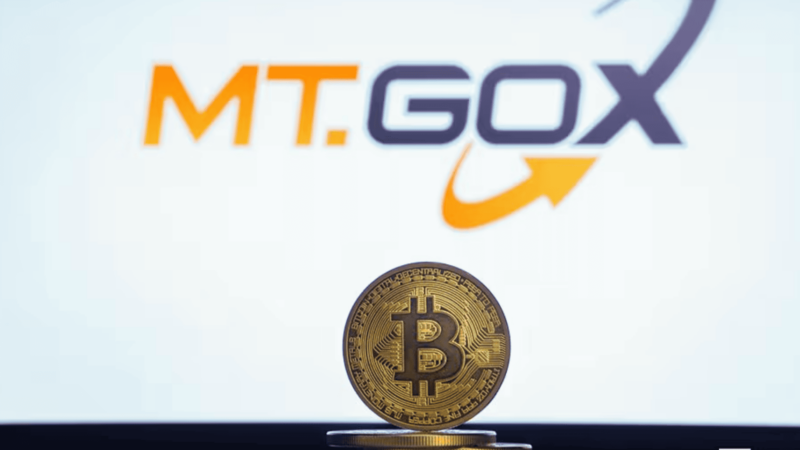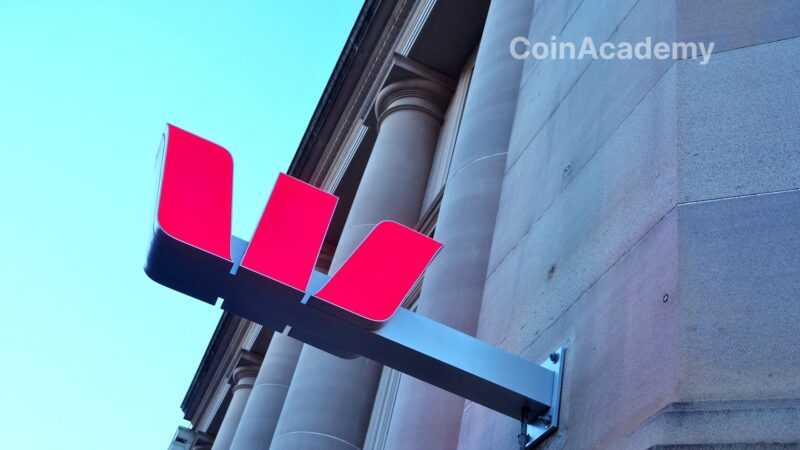Concerns Arise Over Stability and Independence of USDD as Tron DAO Withdraws $750 Million in Bitcoin
The emergence of various stablecoins in the cryptocurrency world has brought attention to the algorithmic stablecoin USDD, launched by Justin Sun in 2022. However, recent movements by the Tron DAO Reserve, which withdrew $750 million in Bitcoin from the USDD reserve, have revived concerns about the true independence of this stablecoin.
Justin Sun, the founder of Tron, sought to reassure users after this announcement. According to him, USDD was not capital efficient enough, with a long-term overcollateralization rate exceeding 300%. This led the Tron DAO Reserve to withdraw approximately 12,000 BTC, a decision justified by Sun as a common practice when collateral value surpasses system requirements.
Sun compared the USDD mechanism to MakerDAO’s DAI, where withdrawing excess collateral is a commonplace and non-mysterious practice. He also emphasized that this withdrawal would not affect the stability of the stablecoin, which is a reassuring statement given the scrutiny that algorithmic stablecoins often face.
A Debate Surrounding Decentralization and Justin Sun’s Influence
Despite Sun’s assurances, the withdrawal of Bitcoin as the main collateral for USDD has raised concerns about the true decentralization of the stablecoin. While initially presented as a project managed by a decentralized autonomous organization (DAO), USDD appears to be largely controlled by Justin Sun himself in practice. Key decisions, including this one, have been communicated personally by Sun on the X platform, rather than through a vote or official statement from the Tron DAO Reserve.
Criticism escalated with the revelation that the USDD DAO has held only one vote since its launch in May 2023, regarding the use of burned TRX tokens. This centralized governance raises questions about the project’s security and resilience, especially in the face of market fluctuations.
Analysis of USDD Collateralization
Currently, about 744 million USDD tokens are in circulation, making it the seventh-largest stablecoin by market capitalization. The current reserves include $1.7 billion in TRX and $20 million in USDT, giving USDD a collateralization ratio of over 230%. On paper, this means that each USDD is widely covered by reserve assets, as long as the price of TRX remains stable.
The correlation between the value of TRX and the stability of USDD remains a central debate. While the USDD DAO claims that TRX price fluctuations do not significantly affect the stability of USDD, observers remain skeptical. TRX, currently the tenth-largest cryptocurrency by market capitalization with over $13 billion, remains a central element of the USDD reserve, and its volatility could potentially pose risks.
However, a report from the self-proclaimed ‘Moody’s of stablecoins,’ Bluechip, has cast doubt on these figures. According to their analysis, the actual collateralization rate of USDD would be only 53%. This number takes into account factors such as the centralization of reserves in a multi-sig address, rather than in a USDD smart contract, which allows for easy asset relocation without transparency for token holders.




